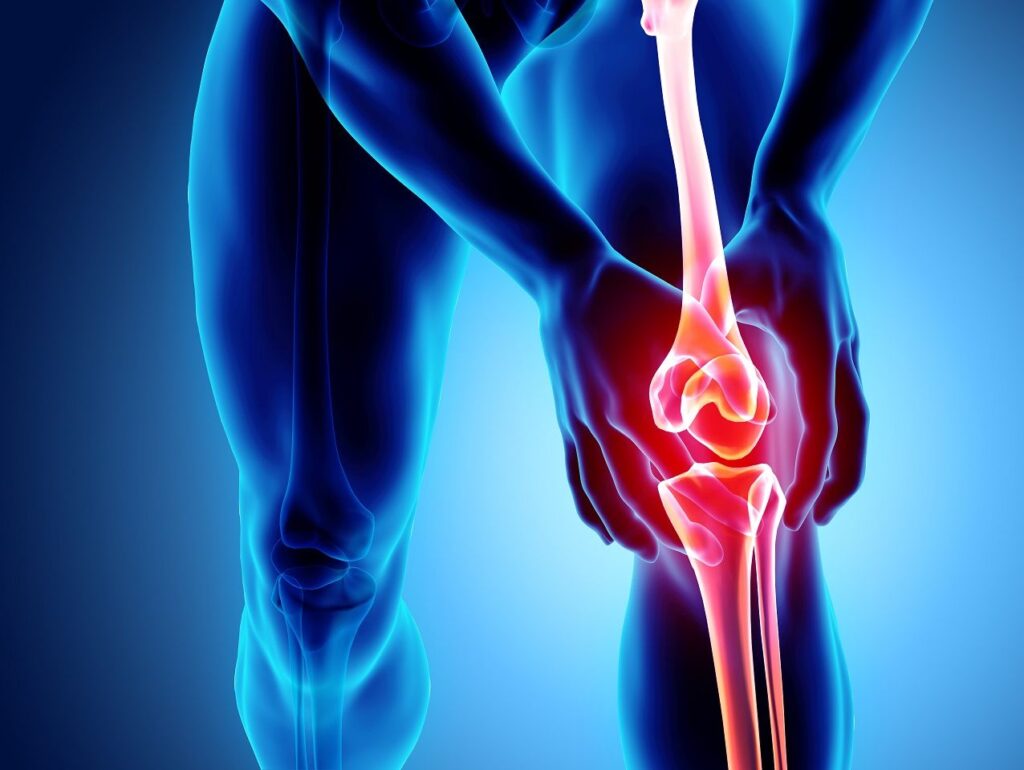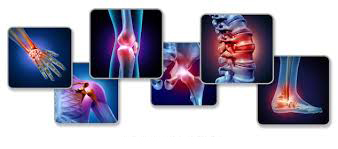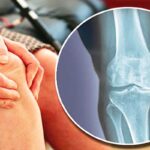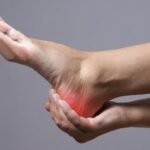
The most common chronic joint ailment is osteoarthritis (OA). Degenerative arthritis, wear-and-tear arthritis, and degenerative joint disease are additional names for OA.
Where two bones meet, there is a joint. The tissue that protects the ends of the bones is called cartilage. This cartilage deteriorates in OA, which causes the bones in the joint to rub against one another. Pain, stiffness, and other symptoms may result from this.
OA can occur in any joint. However, the most commonly affected areas of the body include the:

- hands
- fingers
- shoulder
- spine, typically at the neck or lower back
- hips
- knees
OA can affect humans of any age, but it mostly affects older people.
The main cause of impairment is OA. Over 32.5 million adult Americans are affected, according to the Centers for Disease Control and Prevention (CDC)Trusted Source. Here is all the information you need to understand OA, including prevention, treatment, and more.
Osteoarthritis symptoms
The most common symptoms of OA include:
- joint pain
- stiffness in the joint
- loss of flexibility and reduced range of motion
- tenderness or discomfort when pressing on the affected areas with your fingers
- inflammation
- crepitus, or grating, crackling, clicking, or popping sounds when you move your joints
- bone spurs, or extra lumps of bone, which are typically painless
The discomfort brought on by OA could get worse as the condition advances. An increase in swelling around the joint over time is also possible. Recognizing the early signs of OA might help you manage the condition more effectively.
Osteoarthritis causes
Injuries to the joints lead to OA. Age is one of the primary causes of the joint damage that results in OA since this damage can accumulate over time. Your joints have been subjected to increasing repetitive stress as you age.
Other causes of joint damage include:
- past injury, such as torn cartilage, dislocated joints, or ligament injuries
- joint malformation
- obesity
- poor posture
Treatment for osteoarthritis:
The main focus of OA treatment is symptom control. The extent and location of your symptoms will determine the type of treatment that will benefit you the most.
Most of the time, over-the-counter (OTC) drugs, lifestyle modifications, and home remedies will be sufficient to relieve your pain, stiffness, and swelling.
Medications
Several different kinds of OA drugs can offer some comfort. They consist of:
- Oral analgesics. In contrast to other painkillers, acetaminophen (Tylenol) does not diminish swelling.
- Topical analgesics. These over-the-counter medicines are offered as creams, gels, and patches. They can provide pain relief, especially for minor arthritis pain, by helping to numb the joint area
- Medications that are non-steroidal anti-inflammatory (NSAIDs). Ibuprofen (Advil, Motrin) and naproxen (Aleve, Naprosyn) are NSAIDs that aid with both edoema and pain reduction.
- Corticosteroids. These prescription medicines can be taken orally. Additionally, they can be injected right into a joint. Cortisone and triamcinolone acetonide are two examples (Kenalog-40, Zilretta).
- Cymbalta. Your doctor might advise you to use the antidepressant duloxetine (Cymbalta), which the FDA has licensed for the management of musculoskeletal pain.
OTC remedies could be suggested by your doctor as a starting point.




